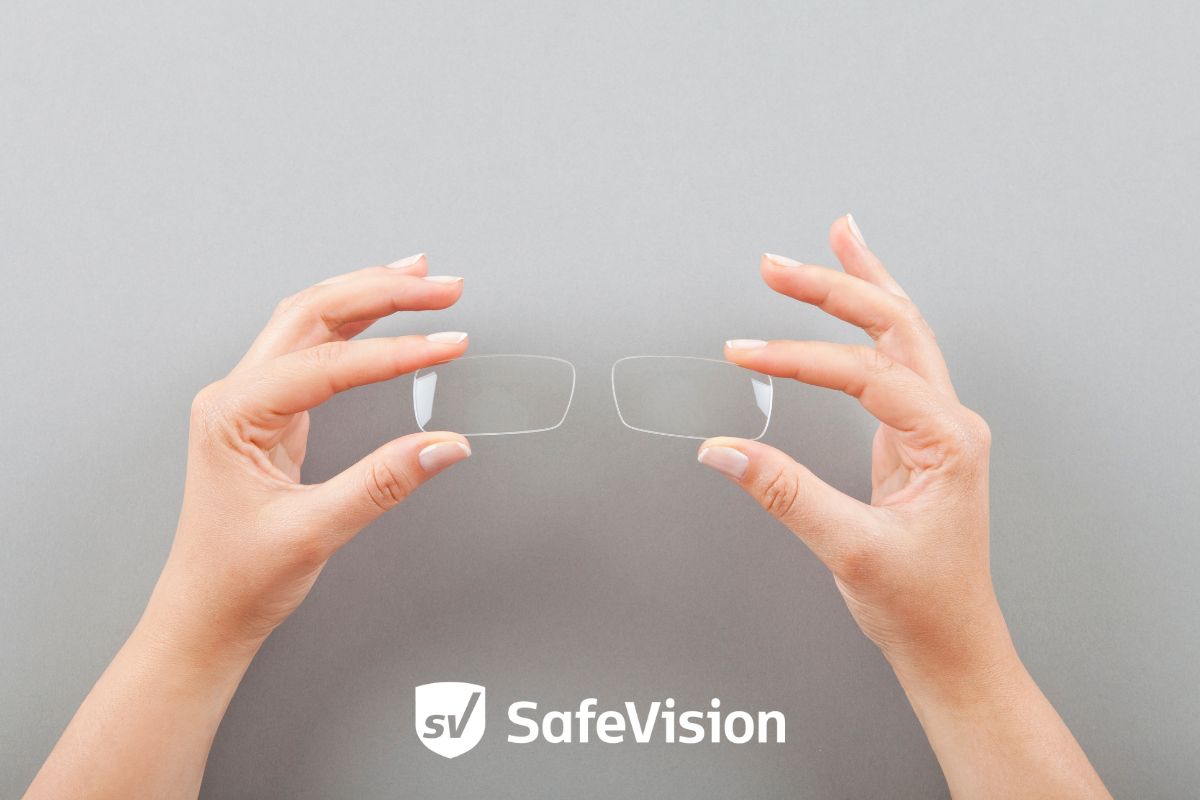Eye Health, Safety
How & Why Does It Work? Exploring the Science behind Impact Resistance
When you think of the kind of protection safety eyewear should include, what do you think of? Most people consider safety eyewear to be the best protection against particles, spills, and substances, but do you ever think of the impact resistance necessary to make sure that happens? Simply having a shield between your eyes and oncoming particles is not enough—it has to be strong. One of the most important features of proper safety eyewear is that it can withstand high mass and high-velocity impact, whether from small debris or larger objects. To help you better understand the importance of this feature, take a look at the science behind impact resistance and why you need it in your safety glasses—
Lens and Frame Materials
The most crucial part of making safety eyewear impact-resistant is the materials used. In the past, most eyeglasses were made from exactly that—glass. While glass is scratch-resistant, it’s not ideal for impact resistance as it’s a brittle material. Most safety eyewear and prescription glasses are made with Polycarbonate or Trivex lenses. These materials are significantly lighter making and more flexible. Being more flexible makes them more durable than glass in terms of impact resistance. These materials have revolutionized impact resistance in safety eyewear.
Impact Dispersion
Now that you know the important materials, how do they actually work? While glass and other more fragile materials shatter when hit with enough impact, polycarbonate and Trivex stand firm through the process of impact dispersion. When an effect hits these materials, they absorb the impact and immediately disperse it throughout the frame or lens. The effect’s dispersal allows the force to spread out over a large area instead of being concentrated. It, therefore, prevents shattering, keeping your eyes safe. While these materials may dent, scratch, or form tiny cracks from impact, they will not shatter into your eyes.
Impact Testing
While the materials are enough to prevent impact on paper, they must be tested. Luckily, safety eyewear is put through rigorous testing procedures defined by the American National Standards Institute (ANSI). To meet the ANSI Z87.1 standards for safety eyewear, there are requirements for ignition resistance, corrosion resistance, minimum frontal & lateral coverage area, minimum lens thickness, and high mass & high-velocity impact resistance.
During impact testing, a pointed projectile weighing 500g/17.6oz is dropped onto the safety glasses from a height of 127cm/50 inches. Additionally, a 6mm/6.35mm steel ball is launched/shot at the safety glasses from multiple angles at speeds of 150 to 167 feet per second. That’s approximately 102-113 miles per hour! Multiple pairs must be tested, and if a single pair has a lens ejection or breakage to the frame, it’s considered a failure. To be ANSI Z87.1 compliant, the frames will be marked with a Z87 or Z87-2 for prescription safety glasses. A “+” is added to these markings if they meet high mass/velocity standards.
The Best Possible Protection
Impact resistance is often one of the most useful features in safety eyewear and the one that protects the most. No matter in what context you use your safety glasses, what you are up against, you always risk impact damaging your eyes, so having safety eyewear engineered to withstand it is your best possible path of protection.
Impact resistance is one of the most important features of safety eyewear and one of the best ways to recognize if safety glasses are good quality. When looking for safety eyewear, checking for the ANSI markings (Z87) for impact resistance (Z87+ or Z87-2+) can help you decide which pair is the best. Our prescription safety eyewear here at SafeVision is high-impact rated. It has various lens options, including prescription designs, coatings, and polarized or photochromic sunglasses. When shopping with us, you will never have to worry about getting the best possible protection for your needs. Find our extensive catalog of ANSI Z87.1-compliant safety eyewear here, and protect your eyes against everything coming their way.

